Intelligence in the age of terror
ANALYSIS: How the CIA spy agency regained its original purpose.
ANALYSIS: How the CIA spy agency regained its original purpose.
The six B-2 stealth bombers had barely returned from their 37-hour mission to destroy Iran’s nuclear facilities when a leaked report from the US Defence Intelligence Agency was contradicting US President Donald Trump’s claim that they had been “obliterated”.
Some media eagerly embraced the suggestion of failure in the joint American and Israeli operation that involved ballistic missiles and jet fighter bomber attacks that targeted not only Iran’s nuclear facilities but many personnel in its scientific, military, and political elite.
The DIA’s report, leaked to outlets such as CNN, was quickly denied by CIA director John Ratcliffe, who on June 25 said the latest findings were based on “credible intelligence” and that they contradicted what he called “illegally sourced public reporting regarding the destruction of key Iranian nuclear facilities”.
He cited new intelligence from a "historically reliable and accurate source/method that several key Iranian nuclear facilities were destroyed and would have to be rebuilt over the course of years”.
Such a turf war is common in the US Government, with the CIA battling for its corner against the FBI and other agencies such as the DIA, which is part of the Department of Defence. The CIA provides intelligence to the President and his Cabinet, while the DIA advises combat-related missions.
The extent of the 12-Day War’s impact on Iran’s nuclear capability from the ‘bunker bombs’ is still unknown but Ratcliffe spoke confidently that Iran’s only metal conversion facility at Isfahan had been destroyed. The process of transforming enriched uranium gas into dense metal, or metallisation, is a key step in building the explosive core of a nuclear bomb.
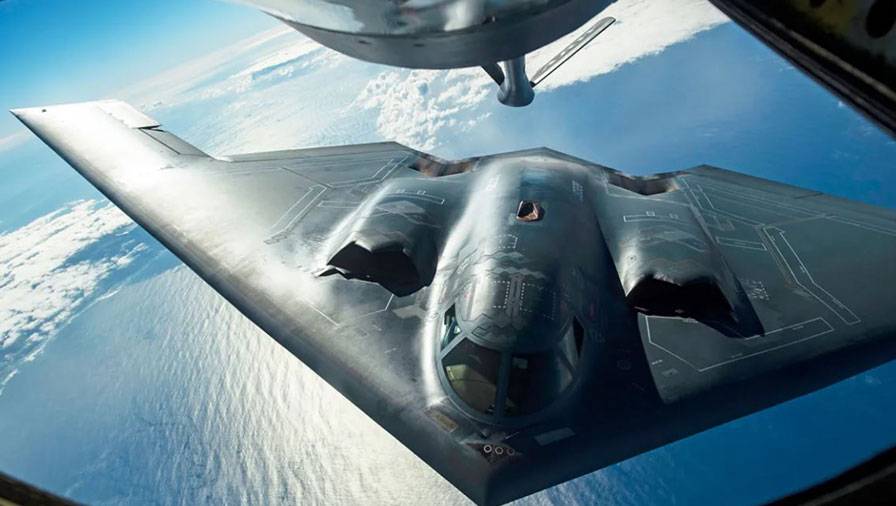
B-2 Stealth bomber on Iran mission. Photo: USAF.
Initial assessments of the damage would have been based on what the espionage world calls ‘sigint’ and ‘imint’ – intelligence gathered from communication signals, or surveillance by satellites. A full picture will not emerge until the third leg – ‘humint’ or human intelligence – can be assessed.
This will come from actual observation on the ground by human eyes and, in the case of Iran’s nuclear facilities, is likely to come from Israel’s Mossad in the absence of Iran allowing inspectors from the International Atomic Energy Agency.
Mossad appears to have penetrated the highest echelons of Iranian society. Months before the war, it embedded dozens of drones and mobile missile systems that pinpointed the location of nuclear scientists and Iranian Revolutionary Guard commanders. This could not have been done without ‘humint’ – actual people prepared to risk their lives for a cause they believe in.
Tim Weiner – an American journalist who specialises in the history of espionage – describes these people as at the heart of the CIA’s mission. For all its flaws, the United States holds a higher moral ground than its worst enemies.
But, in the words of longtime CIA operative Paula Doyle, when the authoritarian leaders of Moscow, Beijing, and Teheran used coercion and lethal force against their citizens, “they invariably inspired otherwise patriotic subjects to protest and get thrown in jail or get to be killed … and get up the courage to clandestinely work behind the scenes with Washington and our closest allies”.
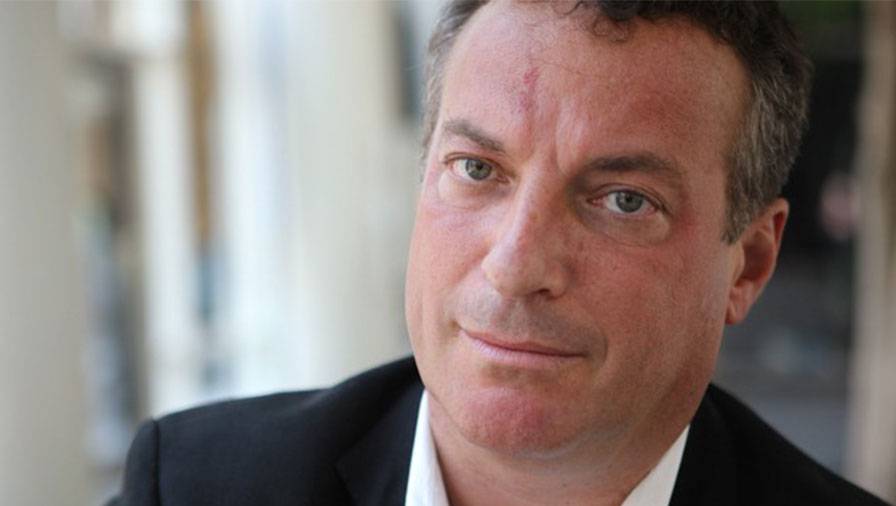
Author and New York Times reporter Tim Weiner.
In effect, these people created the CIA, which was formed in 1947 to counter the long-established spy networks of the Soviet Union and later China in the Cold War. As Doyle explains it, they came to the CIA seeking revenge, power to change their societies, or just money to live a lifestyle or retirement that would otherwise have been impossible.
“Some did just about anything to be in a position to bring their families to the West to live in freedom. They brought us war plans and intentions. They brought us physical access in dangerous places and cultural details that made covert action possible and – in some cases – wildly successful,” Doyle told Weiner.
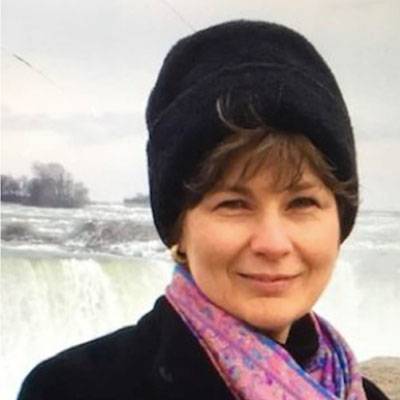
Former CIA operative Paula Doyle is now a professor at Georgetown University.
She was one of dozens of Weiner’s interviewees for The Mission: The CIA in the 21st Century, a follow-up to his monumental, 700-page Legacy of Ashes (2007), a history of the CIA’s first 60 years. Both detail the agency’s many failures, its controversial relationship with a series of US presidents, and a generally poor record in the court of public opinion.
Weiner won a Pulitzer Prize for his first assignments for the Philadelphia Enquirer in the 1980s, covering the CIA’s involvement in the 1986 election that brought the downfall of Philippines dictator Ferdinand Marcos.
At the start of his new book, which runs to a more readable 450 pages, Weiner recalls his first visit to the CIA headquarters at Langley, Virginia, in 1988, after a visit to Afghanistan. Beforehand, he had asked for a briefing but was rejected.
But, on his return, he was contacted and invited to come in for a briefing. It was the beginning of his life’s calling. Weiner is now an acknowledged expert on modern espionage but not in the sense that it’s usually known.
He does not depend on leaks and his interviews are all on the record. But, in the light of recent changes at the CIA – the second Trump administration has shut down the free-speech rights of all former directors and senior officials – he has had to withdraw names and quotes. But what remains is as close to an insider’s account as you are likely to get.
The period covered starts where the original left off amid stories about the CIA’s use of secret prisons, black sites, and torture. “The CIA had been ordered to become a secret army once again, and in the name of counterterrorism, its disciplines of espionage and analysis had been diminished,” Weiner states. The US and its allies had invaded Iraq on false intelligence about weapons of mass destruction.
The intelligence agencies had failed to predict the 9-11 attacks in New York, mainly because the CIA had not told the FBI of the presence of two Al Qaeda hijackers in the US. In turn, President George W Bush failed to respond to earlier CIA warnings of the Islamic terrorism threat during 2001.
“He didn’t know why he was President” until America was attacked, deputy secretary of state Richard Armitage told an oral history archive. As Weiner tells it, the ambitions of the war on terrorism during this Bush administration far eclipsed the capabilities of a clandestine service. The debacle of Iraq was deepened by events in Afghanistan, where the CIA tried to run a corrupt regime with “stacks of shrink-wrapped hundred-dollar bills”.
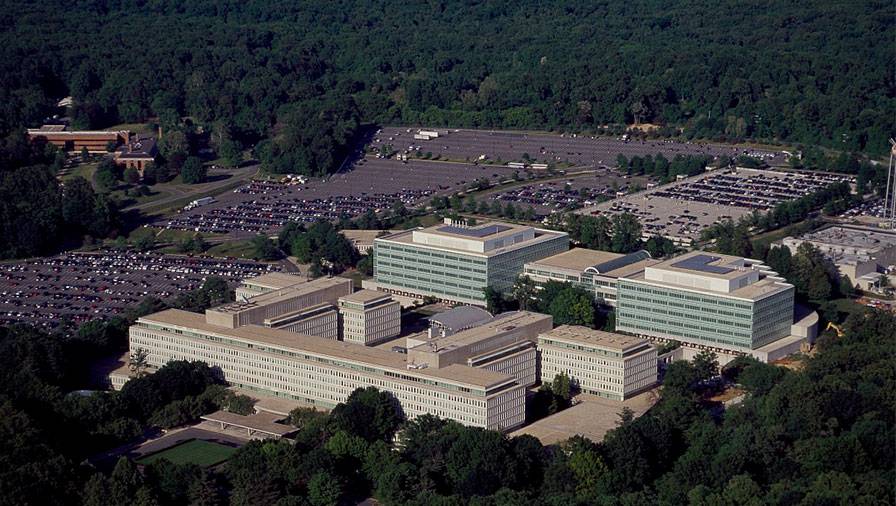
CIA headquarters at Langley, Virginia.
However, the CIA scored two major coups. The aforementioned Paula Doyle brought down the smuggling ring of Pakistani nuclear scientist AQ Khan, who extracted secrets from Germany through an affair with a Dutch woman and later spread nuclear weapon technology to Iran, Syria, Libya, and North Korea.
The second was a change of tactics in Iraq, which had been engulfed in a civil war involving Sunni militias from Saddam Hussein’s former army, and Shia and Islamic State jihadists backed by Iran. The CIA engineered a Sunni ‘awakening’ through an emphasis on gathering terrorist intelligence, culminating in the assassination of Hezbollah commander Imad Mughniyeh in Damascus. The CIA’s involvement was not revealed until 2015.
During the Obama administration, the CIA had to pull back on the use of black sites and the Guantanamo base but was able to step up its aerial war against Al Qaeda. The CIA’s biggest scalp was that of Osma bin Laden, located in Pakistan. His successor, the US-born Anwar al Awlaki, eluded the CIA until he was finally killed by a bomb in Kabul in 2021.
Until the US withdrew from Iraq in 2011 – and later from Afghanistan, the CIA had taken its eyes off its former Cold War targets, Russia and China, which used the opportunity to increase their espionage networks and nefarious activities. President Vladimir Putin, a former KGB officer, launched a cyber attack on Estonia, seized Crimea, and invaded Georgia – all without resistance from the West.
In China, President Xi Jinping built up the Ministry of State Security to 12 times the size of the CIA. A drive against bribery resulted in the exposure of a CIA network of spies, who gave away money to help them climb the career ladder. All were arrested, tortured, and executed.
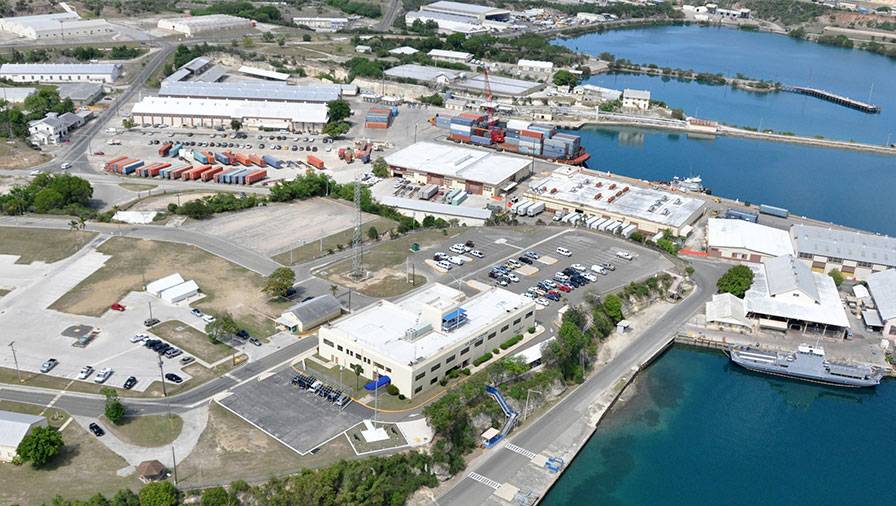
The CIA used the US Navy base at Guantanamo Bay, Cuba.
The shooting down of a Malaysian airliner over Russian-occupied Ukraine in 2014 enabled the CIA to turn its attention back to Russia and Cosy Bear, the nickname for its vast cyber warfare operation. This had been uncovered by the Netherlands intelligence service in its search for those responsible for the loss of 193 Dutch lives (see my review of Huib Modderkolk’s There’s a War Going On But No One Can See It).
Eight years later – and five weeks after the chaotic fall of Kabul – the CIA publicly called Putin’s impending invasion of Ukraine to a disbelieving audience in the West and the false denials of the Kremlin. Despite its tempestuous time during the first Trump administration, and foreign policy paralysis under President Joe Biden, the CIA had been restored to its core business of espionage rather than counterinsurgency.
Its future, however, is far from certain. Weiner belongs to the New York Times reporting team that is hostile to everything Trump, and the next chapter of the CIA story is still unfolding.
The Mission: The CIA in the 21st Century, by Tim Weiner (William Collins).
Nevil Gibson is a former editor at large for NBR. He has contributed film and book reviews to various publications.
This is supplied content and not paid for by NBR.
Sign up to get the latest stories and insights delivered to your inbox – free, every day.